Market Share
Hypersonic Weapons Market Share Analysis
Within the defense business, the hypersonic weapons industry is a vibrant and quickly changing sector that is defined by fierce competition and a never-ending quest for technological dominance. Businesses in this industry use a variety of market share positioning techniques to gain control and a sizable portion of this vital space. A key tactic in the market for hypersonic weapons is differentiation. Businesses work hard to create hypersonic weapons that are different from the competition with special characteristics and capabilities. This could entail improvements in range, speed, agility, or accuracy of aim. Companies hope to acquire a competitive edge and increase their share of the market by luring governments and defense organizations looking for cutting-edge hypersonic capabilities with unmatched advantages. One of the most important components of market share placement within the hypersonic weapons business is pricing strategy. To appeal to a range of defense budgets, companies must strike a balance between the cost-effectiveness and the intricacy of their products. A more cost-sensitive strategy may be used by some to appeal to a wider spectrum of customers, while others may choose to emphasize the better performance and advanced features of their hypersonic weaponry through a premium price model. In this highly competitive industry, a business's share of the market and contract-securing capacity are significantly impacted by the pricing strategy it chooses. Collaborations and strategic alliances are essential within the hypersonic weapons industry. To pool resources and expertise, companies frequently form alliances that include defense contractors, research institutes, or governmental organizations. Joint endeavors, improved testing capabilities, and faster research and development are all made possible through collaboration. Companies can fortify their standing in the marketplace and raise their chances of winning contracts for the development and use of hypersonic weapons by carefully connecting with important industry participants. Comprehending the distinct requirements and tactical goals of military agencies is vital for effectively securing a larger market share position within the hypersonic weapons industry. Companies can customize the hypersonic weapons to meet the changing needs of military forces around the world by doing in-depth market research. A customer-centric strategy makes sure that products meet the operational situations and mission criteria that military firms have in mind. This gives businesses a competitive edge and helps them keep ahead of technology advancements. Regarding the hypersonic weapons business, innovation is a key factor. Businesses make large investments in development and research to include cutting-edge features and technologies in their hypersonic weaponry. Propulsion system, navigation technology, and material advancements all help to create hypersonic weapons that are more effective and powerful. Constant innovation positions businesses as leaders in the quickly developing field of hypersonic weapons and draws in defense customers looking for cutting-edge solutions. One noteworthy tactic in the market for hypersonic weapons is geographic growth. To take advantage of more chances, businesses could expand into new markets or bolster their position in already-existing ones. Geographic expansion decisions are influenced by defense alliances, geopolitical concerns, and regional security dynamics. Businesses can increase their market share and take advantage of opportunities provided by various defense modernization efforts by strategically placing themselves in critical regions. To sum up, the marketplace for hypersonic weapons remains critical, and companies who want to prosper in the competitive world of advanced military technology need to position themselves proactively. Businesses can capture a significant share of the market by setting themselves apart from rivals, enacting price plans, establishing partnerships, concentrating on client demands, innovating, and growing internationally. The significance of these market placement techniques in the volatile and highly competitive Hypersonic Weapons industry keeps growing as defense agencies around the world strive to improve their capabilities and remain ahead of possible rivals.

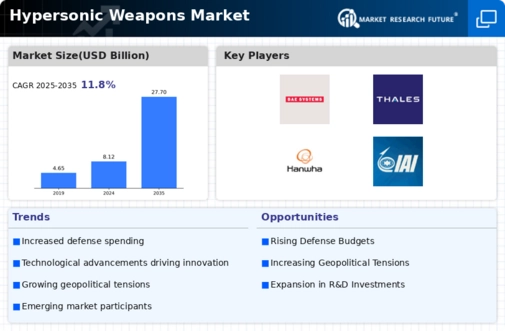
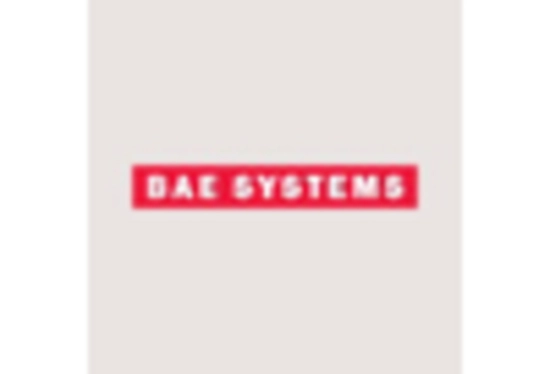

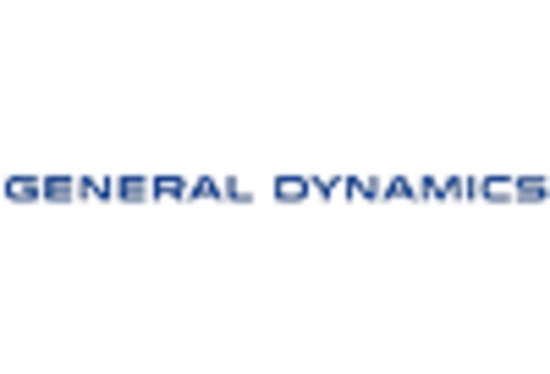
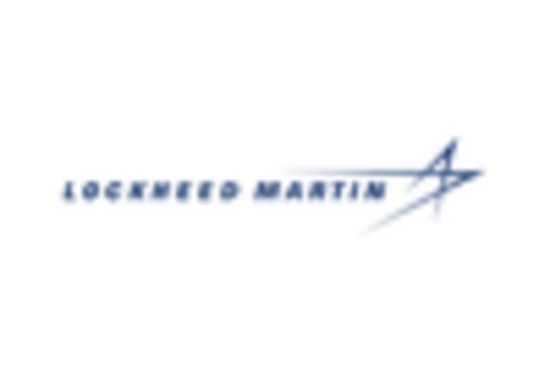

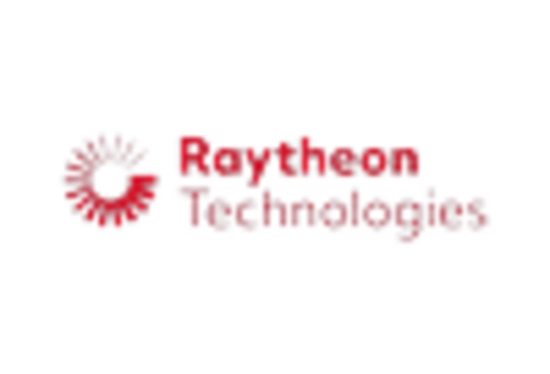

Leave a Comment